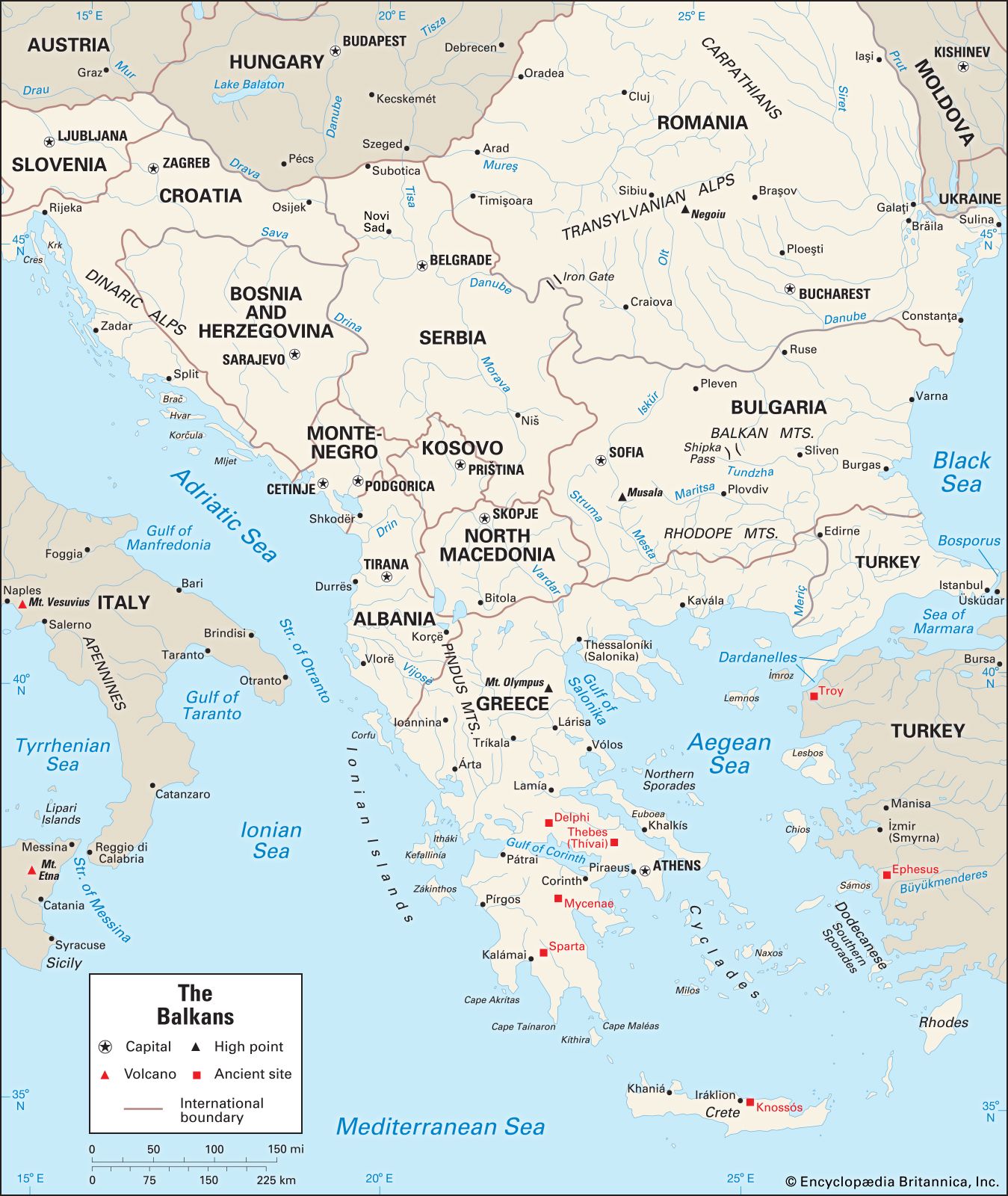folk song
Learn about this topic in these articles:
Assorted References
- asymmetrical time measures
- In rhythm: Time

Folk song and folk dance, particularly from eastern Europe, influenced the use of asymmetrical time measures, as in the “Bulgarian Rhythm” pieces in 7/8 and 5/8 in Bartók’s Mikrokosmos.
Read More
- characteristics
- In song
In Western music, folk song is customarily distinguished from art song. Folk songs are usually sung unaccompanied or with accompaniment provided by a single instrument—e.g., a guitar or a dulcimer. They are usually learned by ear and are infrequently written down; hence, they are susceptible to changes of…
Read More - In folk music: Creation and adaptation

Where a folk song originated is rarely known to its community, and thus the anonymity of the creative process was once considered a major criterion of folk music identification. It has become clear, however, that folk songs and other pieces are the result of individual creation, either…
Read More
- In song
importance in
- Balkan Peninsula
- In Balkans: Creating national identities

…identity had been folklore and folk song. It was these, and especially the epic narrative poetry of Serbia, that had kept alive the memory of Dušan, Skanderbeg, and others. Some told of the exploits of the armed bandits who appeared in most Balkan lands—the klephts, haiduks, and armataloi; these were…
Read More
- Japan
- In Japan: Traditional forms

Folk songs, for example, are generally no longer commonly sung except in some remote areas in northern and southwestern Japan. Folk music and dance are related to local life and are often significantly concerned with the local religion (whether animistic, Shintō, or Buddhist), agriculture, or…
Read More







